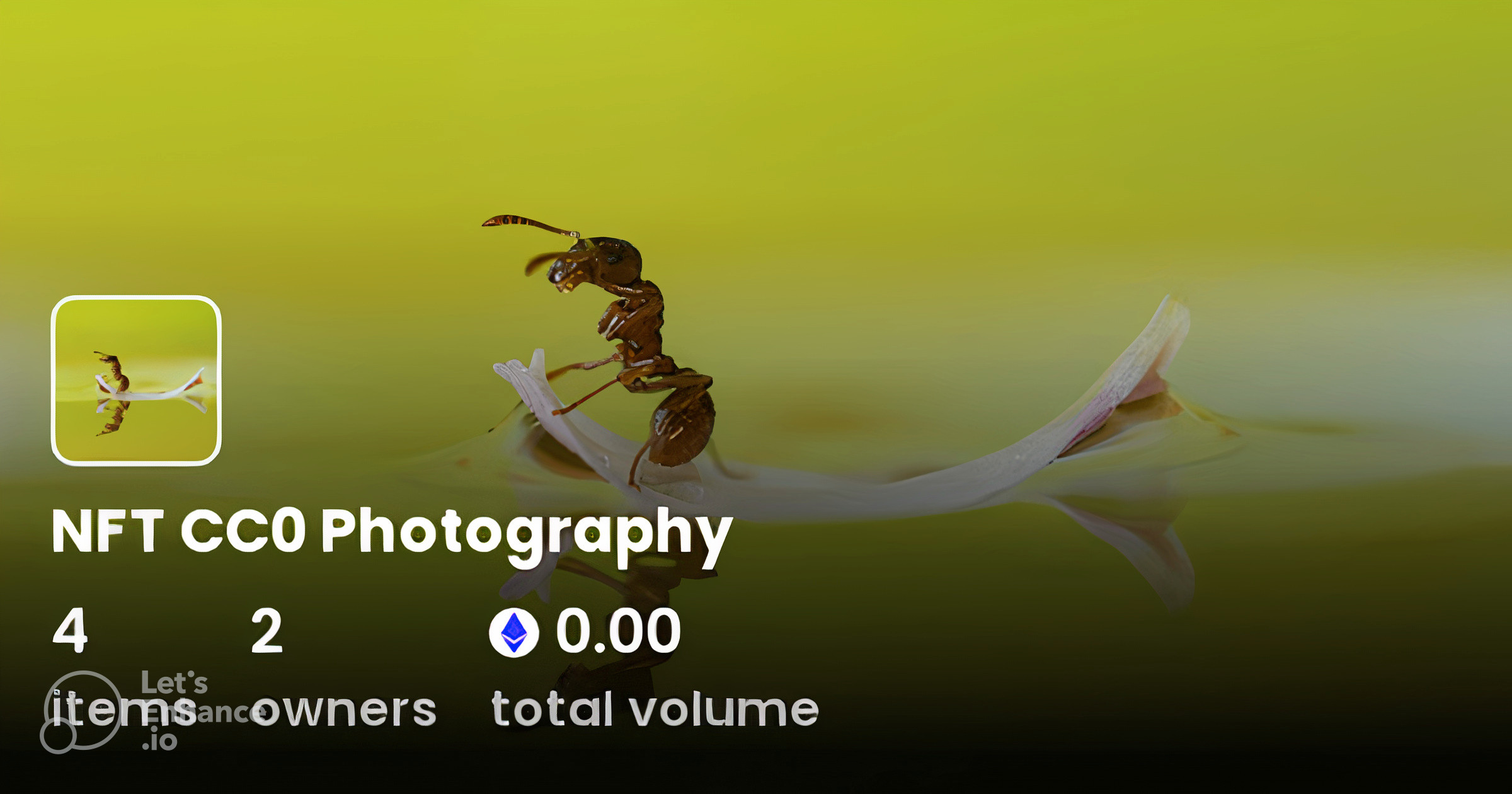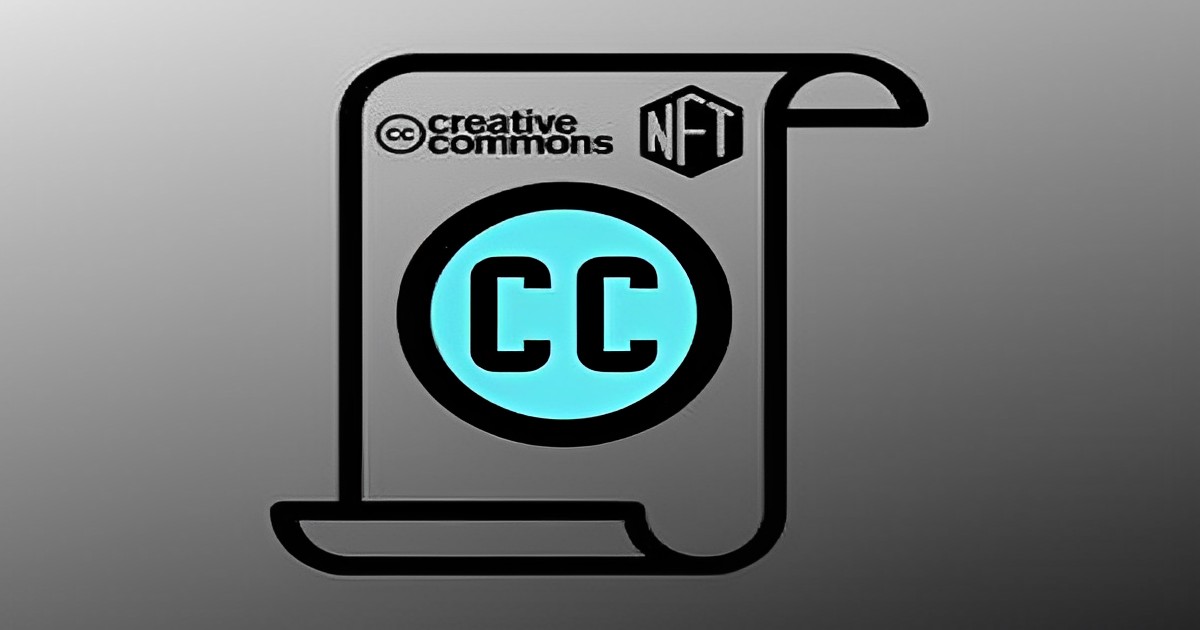NFTs evolve, and new kinds of tokens emerge, introducing more advanced features. The CC0 type is the industry’s newcomer, so let’s see what makes it special in the market and how it may help creatives establish, manage, and profit from their work.
What is the concept of CC0?
- The term itself refers to the licensing model called “Creative Commons Zero” (or “No Rights Reserved”), which enables artists, scientists, educators, and creators of all kinds to waive ownership of their copyright- or database-protected content and grant it to the public domain.
- By making it available for anybody and any purpose, it grants permission to modify and reuse the works without approval from or referral to the author, or formal restriction under copyright or database law.
- CC0 NFTs function similarly and propel the principles of the open source and global commons: their author voluntarily removes the copyright so that anyone can reuse the NFT piece without paying or assigning it to the initial owner.
- This is generally seen as a solution to the complexity and ambiguity of copyright licenses and database systems across the globe. Besides, the CC0 principle applied to an NFT asset is meant to secure intellectual property (IP) from being stolen or scammed.
What is the actual problem with NFTs’ IP?
- Despite the relatively secure blockchain registration mechanism, intellectual property of digital assets can still be vulnerable to scams and thefts, given several notorious incidents, such as the Bored Ape item stolen in a phishing scam, or Deutch artist Lois van Baarle’s case, among many others.
- The IP rights by default belong to the creators, guaranteeing security from unauthorized use of their work. However, with the NFT market, the situation turned out to be convoluted by the common obscurity about who owns what when purchasing a digital asset.
- There is no single answer to that, yet the standard practice is that the buyer of an NFT gets to own the token and not the copyright, while digital certification made on the blockchain serves as proof of purchase. Therefore, in this case, no actions such as reusing, reproducing the work, distributing its copies, as well as commercial displaying in public are considered legally permitted.
What are some popular NFT copyright practices?
- In today’s market, there are also other copyright models in action, ranging from standard copyright agreements providing the rights to copy, display or resell NFTs to those granting limited licenses. One successful example of the first is Crypto Kitties, whose creators let the NFT holders resell the assets and profit from launching their own merch for a maximum yearly income of $100,000.
- In practice, when it comes to NFT Marketplaces, digital asset creators often have to permit distribution and display rights to the platforms. The marketplaces, in turn, regularly grant copyright licenses to the purchaser, and this includes Rarible and OpenSea, which claim to not own the NFTs and the related copyrights but serve as a platform for minting and listing.
- To deal with the issue and help, CC0 licensing projects emerged, with the first one launched in 2021, and more followed in response a year later. Today, their numbers are growing rapidly, and among the popular CC0 NFTs, to name but a few, are Nouns, Moonbirds, Cryptoteddies, Goblintown.wtf, CrypToadz, and more.

CC0 pros and cons, or how can they change the market?
- One apparent asset of the CC0 license behind the NFT assets is that it can boost the distribution and outreach of the initial collection and thus increase its overall value. Yet, the emergence of the CC0 NFTs could be profitable for the community more than for the creators themselves since it allows fans and other users to share, allocate, and modify NFTs into other forms of content.
- Another argument in favor of the CC0 newcomers is that applying creative common principles to the permanent blockchain creator-owner tracking will shift our perception of copyright and IP toward more market straightforwardness, accessibility, and less self-censorship among creators having to comply with intricate copyright laws and legal taxes.
- On the contrary, some argue that too many secondary, generic, and low-quality NFTs will pop up, eventually undervaluing the craftsmanship of established NFT artists. Therefore, they pointed out that it is the special project teams who should contribute to increasing the brand and product outreach, their promotion, and extensions on a professional level, along with the fan community.
- As Web3 technology keeps advancing transparency and employing open code strategies, the new NFTs may prove profitable in the long term, leaving some gaps for other NFT issues, such as their interoperability, given the current division of the NFTs between several blockchains and not enough attention currently paid to their infrastructures interaction.

